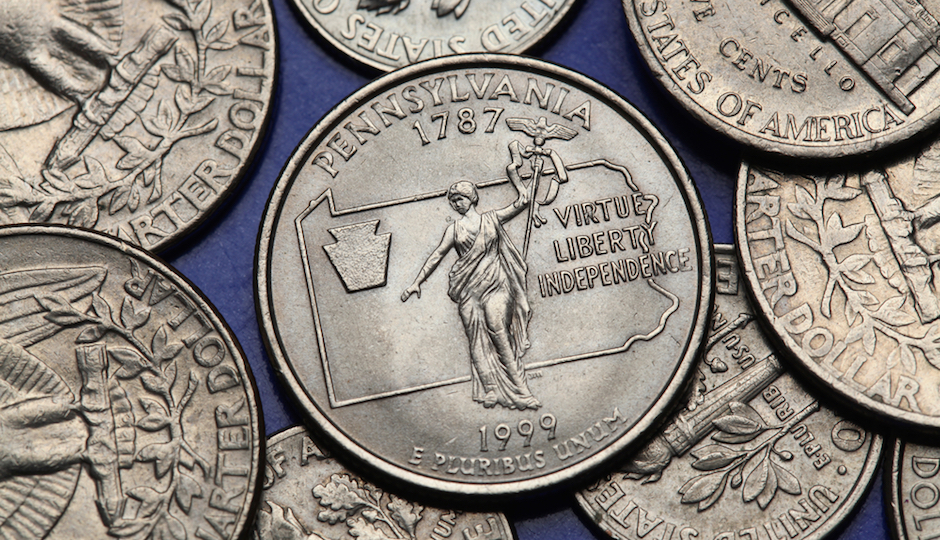Pennsylvania Women Won’t Get Equal Pay Until 2072

Shutterstock.com
Yes, it’s true, Pennsylvania’s Equal Pay Act passed in 1963. So why is it that, in its recent “Status of Women in the States” report from the Institute for Women’s Policy Research, our state earned a C+ in the category of Employment and Earnings? Why is it that the median annual earnings of men in 2013 were $12,000 higher than those of women? Why do women in Pennsylvania earn only 76 cents for every dollar a man earns? Why is it that I have to wait till I’m 103 before I live in a state where men and women get equal pay?
The problem, of course, is that most women don’t know they’re being paid less, and no one can sue for an affront they don’t know exists. If they do find out, their colleagues can get into trouble for violating corporate policies around wage secrecy, and they can be threatened with retaliation. And wage discrepancies can be justified by any number of criteria because the current Equal Pay Act’s standards are vague.
A Patriot News editorial entitled “Equal pay for equal work? We’re not there yet” published at the end of last year pointed to some key problems:
You might assume that any woman who’s getting paid less than a man in the same job will either get her employer to fix the problem or go to court and win a lawsuit.
Under Pennsylvania law, that’s easier said than done.
Fear of retaliation – getting fired – may prompt the woman to stay silent, especially when good jobs are still scarce.
Employers may be able to justify the lesser pay for women by citing education and experience requirements that are not related to the needs of the job.
And savvy employers can keep the whole problem under wraps by imposing a gag rule, prohibiting workers from talking to each other about their pay.
The editorial advocated for legislation like the equal pay bill introduced by Pennsylvania state representatives Erin Molchany and Brian Sims last session. Though it didn’t make it out of committee before the session ended, it’ll be reintroduced this year, according to a recent memo issued by state Rep. Nick Micarelli. “Under this legislation,” Micarelli writes, “factors considered in equal pay defense are more clearly defined to ensure they are not based on or arrived from sex-based differences. Bona fide factors other than sex include education, training, or experience.” The legislation would also implement “important protections in circumstances where employees have inquired about, discussed or disclosed wage information.”
There are sharp differences in Pennsylvania districts in terms of wage gaps, according to a fact sheet published by the AAUW. But Philadelphia fares well. For example, the district with the least egregious discrepancy is the 1st District, represented by Bob Brady, which includes much of Philadelphia as well as Swarthmore, Darby, Landsdowne, Chester and Eddystone. In that district, the median annual income for a man is $41,215 while for a woman it’s $37,456. That’s the smallest gap in the state. The second-smallest is in the 2nd District, represented by Chaka Fattah, which also includes a good deal of Philadelphia as well as a chunk of the Main Line. There the numbers are $47,343 and $41,068, respectively. The third best district is in the Pittsburgh area.
The worst place in Pennsylvania in terms of equal pay? The 18th District, at the far southwest corner of the state, including the cities of Waynesburg and Washington; and the 3rd District, in northwest PA, including Erie, New Castle and Butler. In the 18th District, men’s median income of $54,334 annually is a sharp contrast to women’s $37,470.
Unless legislative measures are taken, the Institute for Women’s Policy Research says, women’s pay and men’s pay will not equal out until 2072. That’s a long time to wait.
Follow @LSpikol on Twitter.


